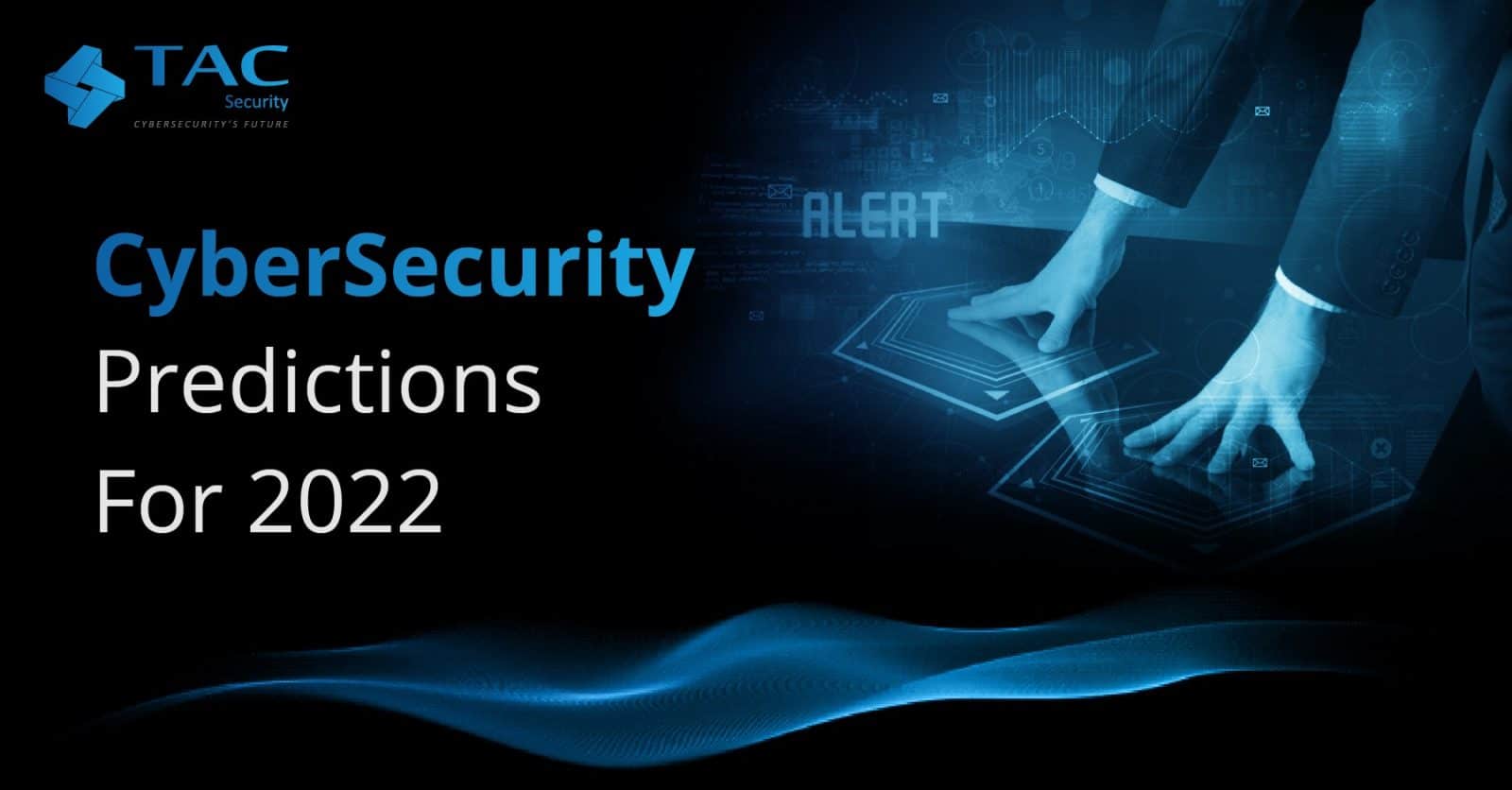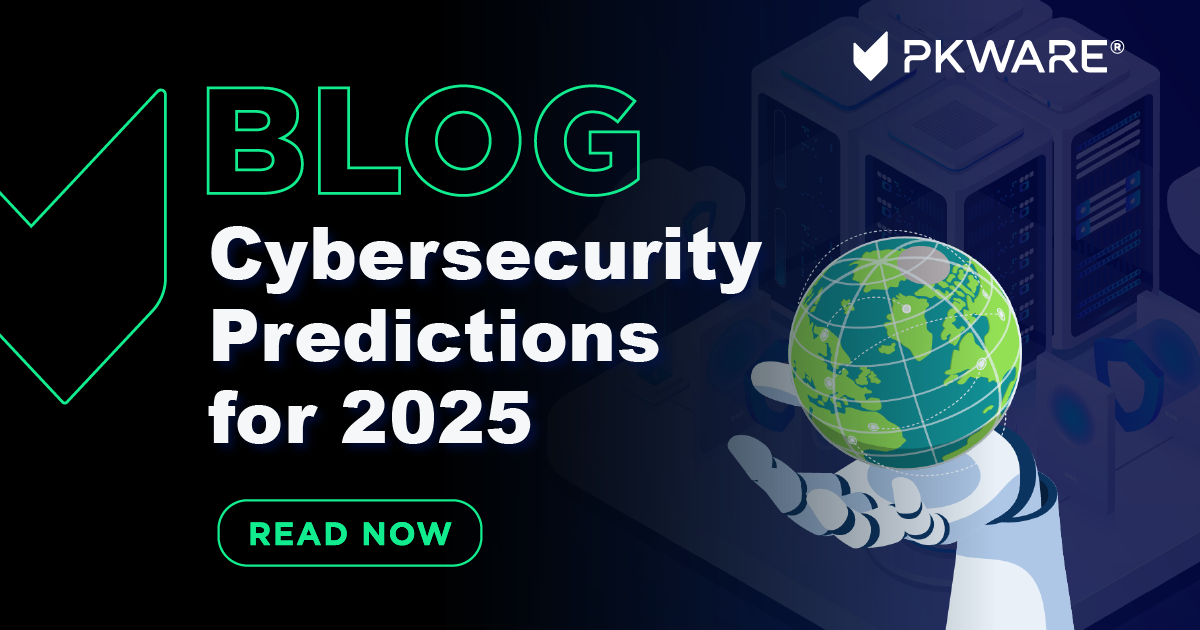Get insights into 7 Cybersecurity Predictions for 2025 to safeguard your data.
Get insights into 7 Cybersecurity Predictions for 2025 to safeguard your data.
Blog Article
Top Cybersecurity Forecasts for 2024: Remain Ahead of Emerging Dangers
As we come close to 2024, the cybersecurity landscape is positioned for substantial change, driven by arising dangers that companies must not just prepare for yet also purposefully address. The surge of AI-driven cyberattacks, paired with increasingly sophisticated ransomware strategies, highlights the urgent need for innovative defenses. In addition, the growing variety of IoT gadgets provides new susceptabilities that could be made use of. With governing adjustments on the perspective and an essential emphasis on cybersecurity training, it is essential for organizations to reassess their strategies to stay durable. Just how ready are you to browse these progressing challenges?
Rise of AI-Driven Strikes
As organizations increasingly adopt artificial intelligence innovations, the potential for AI-driven attacks is becoming a critical problem in cybersecurity. Cybercriminals are leveraging AI to boost the sophistication and effectiveness of their attacks, developing a landscape where conventional safety and security procedures may fail. These attacks can manipulate device discovering formulas to determine vulnerabilities in systems and networks, resulting in extra targeted and harmful breaches.
AI can automate the reconnaissance stage of a strike, making it possible for adversaries to collect huge quantities of data promptly (7 Cybersecurity Predictions for 2025). This capability not just shortens the moment called for to launch a strike yet additionally raises its accuracy, making it harder for defenders to anticipate and reduce dangers. Additionally, AI can be used to produce convincing phishing systems, create deepfake material, or adjust data, further making complex the cybersecurity landscape
Organizations should focus on the assimilation of AI-driven cybersecurity solutions to counter these arising threats. By using sophisticated threat detection systems, organizations can boost their capacity to identify and neutralize AI-generated strikes in actual time. Continual financial investment in training and understanding programs is also critical, as it equips employees to acknowledge and reply to prospective AI-driven dangers efficiently.
Boosted Ransomware Class
The increase of AI-driven strikes is not the only fad improving the cybersecurity landscape; ransomware strikes have actually additionally progressed, ending up being progressively advanced and targeted. As cybercriminals refine their techniques, organizations deal with heightened risks that require flexible strategies to minimize prospective damage.
Modern ransomware hazards currently utilize progressed methods, such as double extortion, where opponents not only secure information yet also endanger to leakage delicate info if their demands are not met. This includes an added layer of pressure on sufferers, often engaging them to pay ransom money to safeguard their credibilities and customer count on.
Moreover, using automated devices and artificial intelligence algorithms by criminals has structured the strike process, allowing them to recognize susceptabilities more successfully and customize their techniques versus specific targets. Such developments have resulted in a worrying rise of assaults on essential infrastructure, medical care systems, and supply chains, stressing the demand for robust cybersecurity structures that focus on real-time hazard detection and action.
To counter these evolving risks, companies have to buy extensive training, advanced protection innovations, and incident response plans that incorporate lessons learned from past ransomware cases, ensuring they continue to be one step ahead of progressively complicated strikes.
Development of IoT Susceptabilities
With the fast expansion of the Web of Things (IoT), vulnerabilities connected with these interconnected devices have actually ended up being a vital concern for organizations and individuals alike. The expansion of clever devices, from home appliances to industrial sensors, has actually produced a large attack surface area for cybercriminals. Lots of IoT devices are released with minimal safety and security methods, typically making use of default passwords or outdated firmware, making them vulnerable to exploitation.
As devices end up being interconnected, the possibility for massive strikes increases. Endangered IoT gadgets can serve as access factors for aggressors to infiltrate more protected networks or launch Distributed Denial of Service (DDoS) assaults. The absence of standardization in IoT safety determines additional exacerbates these susceptabilities, as differing suppliers implement varying levels of security
Moreover, the enhancing class of malware targeting IoT tools postures substantial threats. Danger stars are consistently developing brand-new approaches to manipulate these weaknesses, resulting in potential data violations and unauthorized accessibility to sensitive information. As we relocate right into 2024, companies should focus on IoT safety, implementing moved here robust actions to secure their networks and reduce the dangers associated with this quickly expanding landscape.
Governing Changes Impacting Security

In 2024, we expect to see much more rigid conformity requirements for organizations, particularly those that produce or deploy IoT devices. The introduction of regulations such as the European Union's Cyber Resilience Act and updates to existing frameworks like the NIST Cybersecurity Framework will highlight safety deliberately. Organizations will be mandated to apply durable safety and security measures from the preliminary phases of product growth, ensuring a proactive stance against possible vulnerabilities.
In addition, regulatory bodies are most likely to impose substantial charges for non-compliance, compelling services to focus on cybersecurity financial investments. This change will certainly not just improve the total security pose of companies yet will certainly additionally promote a culture of responsibility in securing customer data. As policies tighten, the onus will significantly fall on companies to show compliance and secure versus the ever-evolving dangers in the electronic landscape.
Emphasis on Cybersecurity Training
Organizations' dedication to cybersecurity training is ending up being progressively important as dangers develop and attack vectors increase. With cybercriminals constantly creating advanced techniques, it is extremely important for employees in any way levels to comprehend the dangers and identify their function in alleviating them. Comprehensive training programs gear up personnel with the knowledge and skills required to identify prospective hazards, such as phishing attacks, social engineering strategies, and malware.
Additionally, a society of cybersecurity recognition fosters watchfulness amongst employees, lowering the likelihood of human error, which stays a significant vulnerability in lots of companies. Frequently updated training modules that reflect the most current risks will make sure that team continue to be educated and qualified of reacting properly.


In 2024, organizations will likely prioritize continuous education and simulation exercises, enabling workers to practice their feedback to real-world scenarios. Partnership with cybersecurity professionals for customized training options might also end up being a lot more widespread. Ultimately, spending in employee training not just reinforces he has a good point a company's defense posture yet additionally grows a positive strategy to cybersecurity, enhancing the idea that security is a shared duty throughout the business.
Conclusion
Finally, the cybersecurity landscape in 2024 will be formed by the increase of AI-driven assaults, progressively advanced ransomware tactics, and the expansion of vulnerabilities related to IoT tools. Regulatory modifications will require improved compliance actions, highlighting the importance of integrating protection deliberately. A solid emphasis on detailed helpful site cybersecurity training will be important in cultivating an organizational society resilient to emerging threats. Positive adaptation to these fads will certainly be essential for effective protection approaches.
Report this page